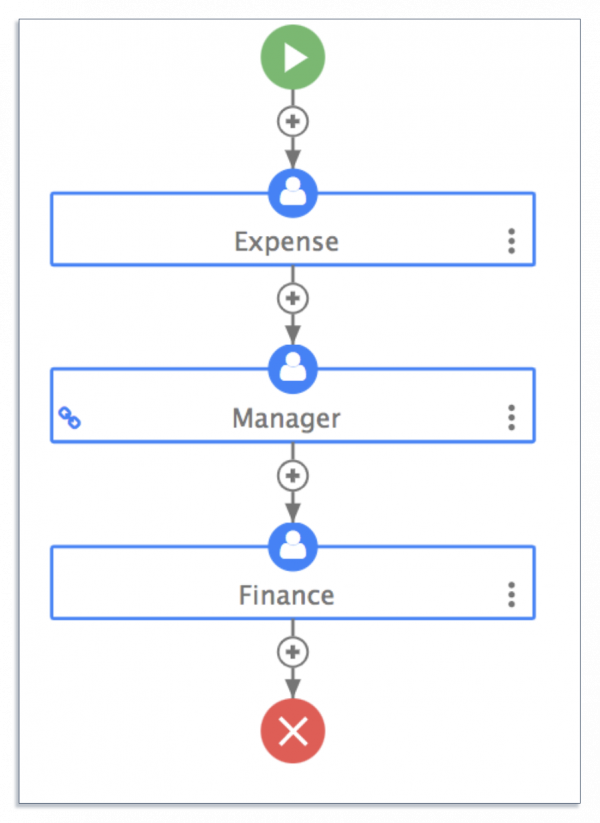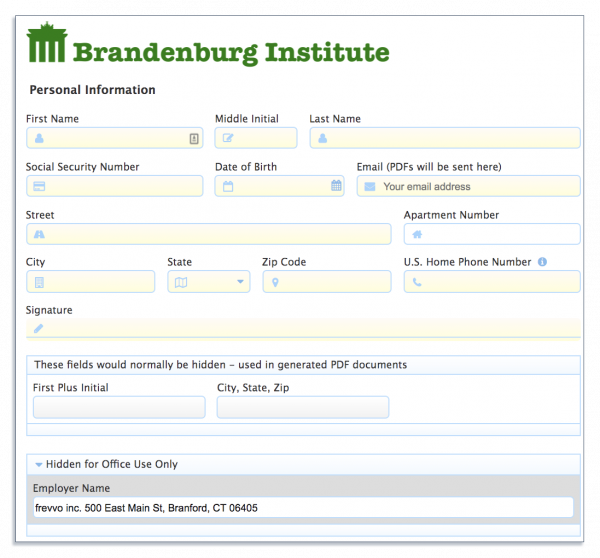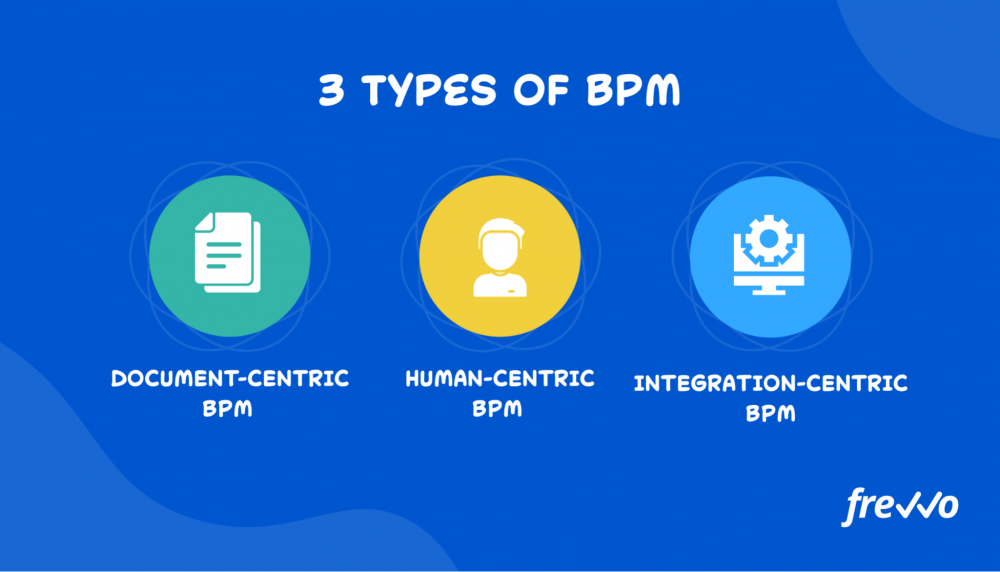Think of a business like a car — everything needs to work together to get you to your next destination. A breakdown in just one system can leave you stranded on the road.
Each system in a car is like a business process. If you don’t properly manage those processes, parts of your company could “break down” or become inefficient over time.
So how can you better manage your business processes? How can you improve their efficiency and increase productivity?
This is where BPM or business process management comes in.
In this article, we’ll take an in-depth look at what BPM is. We’ll also cover the three main types and six stages of BPM, as well as best practices to follow.
Click the links below to navigate to the section you want to learn more about:
- What is BPM?
- 3 Types of BPM
- 6 Stages of BPM
- 5 BPM Best Practices
- How to Automate Your Business Processes
What is BPM?
First, let’s define a “business process.”
A business process is a series of repeatable steps that teams carry out to achieve specific outcomes. Examples include onboarding new hires and approving invoices. These processes have clear start and endpoints with defined roles and responsibilities.
Organizations can have dozens or even hundreds of processes to manage their operations. But these processes can become outdated over time as a company expands and changes.
BPM, or business process management, is the practice of optimizing processes to increase their efficiency and aligning them with organizational goals.
94% of employees say they spend time on mundane tasks like data entry, document creation, invoice management, and data transfers.

Many organizations still rely on spreadsheets and paper forms for complex tasks. But this leads to employees wasting time on things like filling out paperwork and chasing signatures.
Organizations engaged in BPM leverage automation tools to map out their processes and streamline manual tasks, freeing up employees to focus on more meaningful work. Workflow automation focuses on a single workflow while BPM looks at the bigger picture.
As an example, consider Activ8 Solar Energies.
The company’s sales process suffered from lengthy paperwork. Sales teams would fill out and mail forms back to the office, where staff would manually enter the data into a database.
But lost paperwork and errors frequently slowed this process down.
Active8 turned to frevvo’s process automation tool to streamline its sales process. Sales teams can now provide customers with quotes during home visits and even have them electronically sign their agreements and pay on the spot.
Read the case study to learn how Activ8 used frevvo to digitize customer orders and streamline administrative processes.
3 Types of BPM
You can divide BPM into three major types: document-centric, human-centric, and integration-centric.

Most organizations use all three types but may use one more than the others for certain processes. Let’s take a closer look at each BPM type and its applications.
Document-Centric BPM
Document-centric BPM is largely based on processes that revolve around creating documents and routing them through multiple approvers for review.
Expense claims are an example of a document-centric process. An employee fills out a form to claim expenses incurred on the job. Then they send it over to their manager for review, who sends it over to accounting to approve and reimburse the employee.
Here’s an example of a document-centric process for expense claims:

Document-centric BPM involves streamlining the flow of documents, typically through the use of automation software. The goal is to speed up document processing and improve productivity.
Companies with no digital document processes report 10 times more at-risk customers than companies that have digitized their document processes. Automating document-centric processes helps your company improve the customer experience.
Human-Centric BPM
Human-centric BPM is for business processes where humans do most of the heavy lifting.
The hiring process is a good example of a human-centric process. HR posts a job opening and screens applications before inviting promising candidates for in-person interviews.
Humans perform most of the work throughout the hiring process. However, you can still build automation into human-centric processes.
Let’s use employee onboarding as an example. With BPM software like frevvo, you can create dynamic forms for new hires to fill out.
Here’s an example of an onboarding form for employees:

Then you can incorporate the form into a workflow that routes the paperwork and notifies a hiring manager.
Implementing a BPM solution into human-centric processes like onboarding helps new hires quickly get up to speed.
Integration-Centric BPM
Integration-centric BPM involves integrating existing software systems. It makes extensive use of Application Programming Interfaces (APIs) to enable applications to “communicate” with each other.
Invoicing is an example of an integration-centric process.
For example, you can use Salesforce to export data into accounting software like FreshBooks or QuickBooks to create an invoice and have the system update when the customer pays.

BPM solutions make it possible to integrate existing business systems via APIs, which means less manual work and increased efficiency.
6 Stages of BPM
BPM consists of six stages: Assess, Design, Model, Execute, Monitor, and Optimize.

These stages make up a life cycle that enables you to dig into your processes and identify areas of improvement. Let’s look at each BPM stage in more detail.
1. Assess
The Assess stage involves evaluating the current state of an existing process. Does it align with your business goals? Does it contribute to your bottom line, or is it wasting resources?
Here, you might dig into your data to measure the impact of an inefficient process. For example, a lengthy onboarding process means it’ll take longer to bring on new hires.
2. Design
The Design stage involves defining each step of a business process, including the tasks that need to be completed and the person responsible for them.
The goal here is to gather as much information about a process as you can. This often entails interviewing key stakeholders and walking through a process yourself to identify where bottlenecks occur.
3. Model
The Model stage involves modeling improvements to a process. BPM software is a must in this stage, as it facilitates workflow modeling and makes it easier to add new steps.
For example, if employees have to chase down managers for approvals, you can create a workflow that automatically routes forms to the right people.
4. Execute
The Execute stage involves testing and deploying a newly designed process. It also includes creating detailed documentation that outlines the specific changes and training employees on how the new process works.
5. Monitor
Efforts to improve an existing process won’t always be successful. The Monitor stage involves establishing key performance indicators (KPIs) and monitoring performance over time.
6. Optimize
Processes become outdated over time as companies expand and new technologies emerge. An optimized process now could very well become a bottleneck in the future.
The Optimize stage involves refining and making processes even more efficient by going through each stage of the BPM life cycle.
5 BPM Best Practices
BPM helps your organization become more agile and frees up your employees to focus on higher-value work. Follow these best practices to make your BPM efforts more successful.
Start Small
Implementing BPM initiatives is a lofty undertaking and isn’t something that happens overnight.
Start with just one process to optimize and make incremental changes. If you make too many major changes at once, it’ll be difficult to determine what works and what doesn’t. As you start seeing results, you can apply what you learn to other processes.
Get Your Team Involved
Changes you make to a process will affect how others perform their tasks. It’s important to get your team involved as early as possible to help with your BPM efforts.
Communicate the benefits of BPM and how it will improve day-to-day operations. Be sure to also ask your team for input, as they’ll likely have valuable insights to share with you.
Don’t forget to celebrate successes and give credit where it’s due.
Write Process Documentation
Processes work better when they’re clearly defined. Yet, 42% of organizations have documented and modeled just 25% of their processes.

Write process documentation that details the exact steps to complete a process from start to finish. Be sure to also include any resources that each person will need to do their jobs.
Measure the Right Metrics
KPIs enable you to measure and evaluate a process. They help you determine if your efforts are working or if you need to change course.
For example, one metric you might track for purchase orders is cycle times — how long it takes to complete a process from start to finish. Comparing baseline data with the actual results helps you measure BPM efforts.
Use Workflow Automation Tools
70% of business leaders spend 10% to 40% of their time on mundane tasks. That equates to 45 minutes to three hours per workday.
Workflow automation tools allow you to streamline and even eliminate time-consuming tasks like manual data entry. With frevvo, you can connect your forms to a database and have the fields populate automatically when selecting a vendor.
Here’s an example of how that looks:

This speeds up the time it takes to fill out forms and results in fewer errors.
How to Automate Your Business Processes
So far, we’ve provided a comprehensive overview of BPM. Now let’s look at how you can automate your processes.
1. Identify a Business Process to Automate
Start with just one process you want to automate. Choose a process that’s not too complex, follows a similar set of steps, and gets repeated frequently.
Here are some processes you can automate:
- Employee onboarding
- Purchase orders
- Invoice approvals
- Travel requests
- Expense claims
Then analyze that process and gather input from your team. By the end, you should have some idea regarding what you can do to improve it.
2. Define Your Goals
The next step is to define your goals. It should be clearly defined and measurable so you can evaluate its performance.
Your goal might be to reduce cycle times or increase output for a specific process. It could be anything, but you need to establish a target to stay on the right track.
3. Create a To-Be Process
A “to-be” process is the future state of a process. It’s how you want a given process to look and operate in the future.
Get feedback from the rest of the team for more insights. Where did bottlenecks occur? What steps can be automated or even removed? Use those answers to define the future state of a process.
4. Choose an Automation Solution
A key aspect of BPM is leveraging automation to streamline business processes. But it’s important to choose a solution that will grow with your business.
Look for a BPM solution with the following core features:
- Zero code workflow design
- Drag-and-drop form designer
- Workflow management
- Business rules engine
- Integrated digital signatures
- Role-based access control
- Notifications and reminders
- Built-in mobility
- Real-time analytics
- Software integrations
A BPM tool with these features will allow you to improve your processes and measure your efforts. If you are a public institution, you may also have regulatory considerations like multiple languages and accessibility.
5. Implement and Monitor
Thoroughly test your new process and get feedback from the team before you roll it out. Be sure to also provide training in advance, so employees know what to expect.
Keep a close eye on how the new process performs and make decisions based on the insights you gather. Oftentimes, a process change won’t generate the results you expect, but that’s part of the BPM life cycle.
Conclusion
BPM helps organizations standardize their processes. This translates to increased productivity, lower operational costs, and fewer errors — all of which improve your company’s bottom line.
But you need the right tools for your BPM efforts to succeed.
frevvo’s BPM software features a fully visual design, meaning there’s no coding required. Even non-technical users can start using the software to create their own automated workflows from start to finish.
Ready to give it a try? Sign up today for a free 30-day trial to get your BPM initiatives off to the right start.

